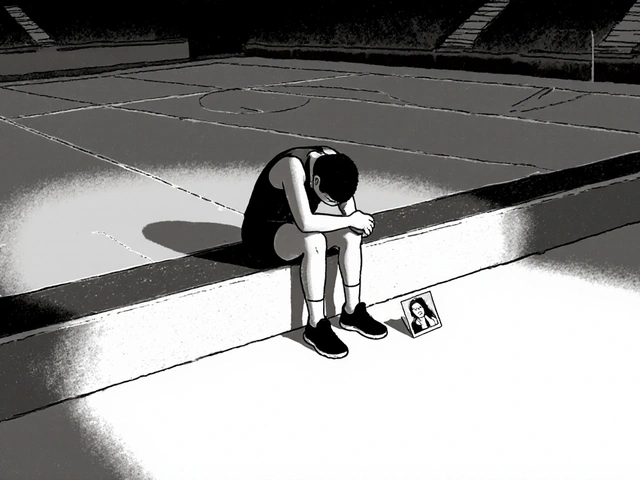Classic Cinema: Timeless Films, Techniques, and Why They Still Matter
When we talk about classic cinema, the golden age of film from the 1920s to the 1960s that defined storytelling, cinematography, and acting for generations. Also known as old Hollywood, it’s not just about black-and-white films—it’s the foundation of every video you see today. These movies didn’t have green screens, AI editing, or 8K resolution. Yet they moved people in ways modern films still try to copy. Why? Because they mastered the art of emotion, pacing, and visual language with almost no technology.
Film editing, the art of cutting scenes together to build tension, rhythm, and meaning, was invented and perfected in this era. Think of the famous staircase shot in Psycho or the cross-cutting in The Birth of a Nation. These weren’t just technical tricks—they were emotional tools. Today’s TikTok edits and YouTube montages still borrow their rhythm. And if you’ve ever wondered why some modern videos feel "cinematic," it’s because they’re copying the pacing, framing, and lighting from these old masters.
Black and white films, movies shot without color to emphasize contrast, shadow, and mood taught filmmakers how to tell stories with less. No color meant more focus on expression, composition, and light. Directors like Hitchcock and Welles used shadows like paint. That’s why a single close-up in Citizen Kane can say more than a whole CGI battle scene today. Modern video creators who skip lighting lessons are missing the point—great video isn’t about gear, it’s about control.
Classic cinema didn’t just make movies. It built the rules of visual storytelling that every editor, streamer, and content creator still follows. Whether you’re editing a 60-second TikTok or a 90-minute short film, the principles are the same: tell a clear story, use silence as power, and let the image do the talking. The tools have changed. The rules haven’t.
Below, you’ll find guides that connect those old-school techniques to today’s video world—from how RED cameras inherited film’s dynamic range, to how heatmaps reveal why some classic films still divide audiences. You’ll see how streaming retention tricks mirror old studio marketing, and how editing timelines for TikToks still follow the same rhythm as a 1940s noir. This isn’t nostalgia. It’s the secret code behind every viral video you’ve ever watched.
20
Fellini’s 8½ Review: The Self-Reflexive Film That Changed Cinema Forever
Fellini’s 8½ is a groundbreaking self-reflexive film that captures the agony of creative block. A masterpiece of cinema, it blends dream and reality to explore guilt, identity, and the cost of art.
Latest Posts
Popular Posts
-
 Best Educational TV Shows for Preschoolers, Elementary Kids, and Tweens
Best Educational TV Shows for Preschoolers, Elementary Kids, and Tweens
-
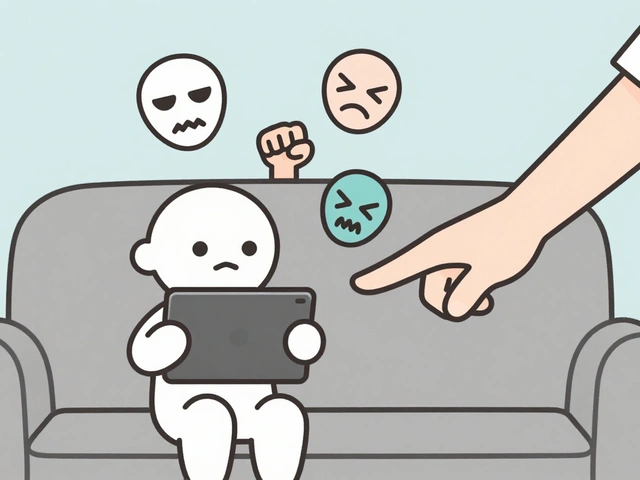 Parental Controls on Free Streaming Apps: How to Keep Kids Safe Online
Parental Controls on Free Streaming Apps: How to Keep Kids Safe Online
-
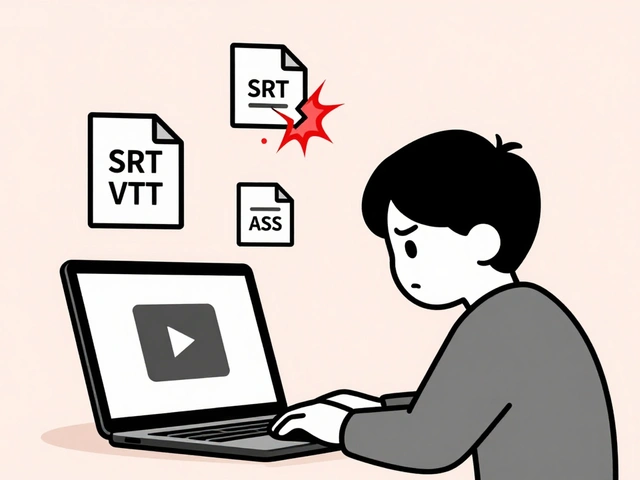 Why Subtitles Aren't Working: Fix Common Video Text Issues
Why Subtitles Aren't Working: Fix Common Video Text Issues
-
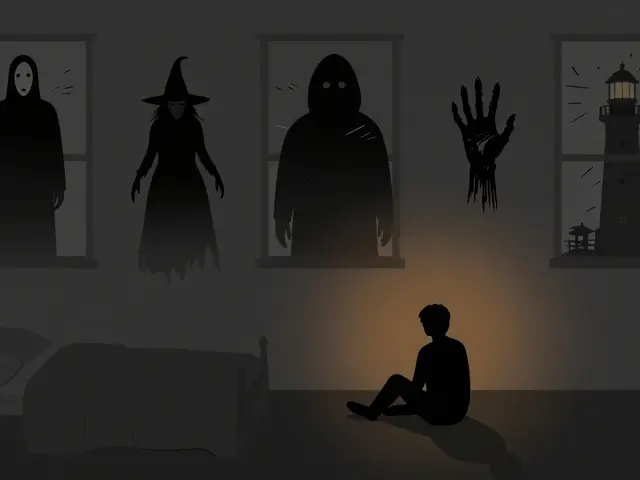 Best Horror Movies on Streaming Services Right Now
Best Horror Movies on Streaming Services Right Now
-
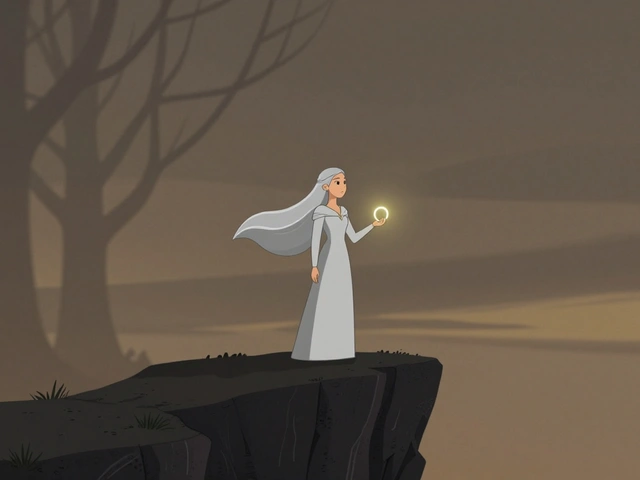 Lord of the Rings: The Rings of Power on Prime Video - What to Know in 2025
Lord of the Rings: The Rings of Power on Prime Video - What to Know in 2025


